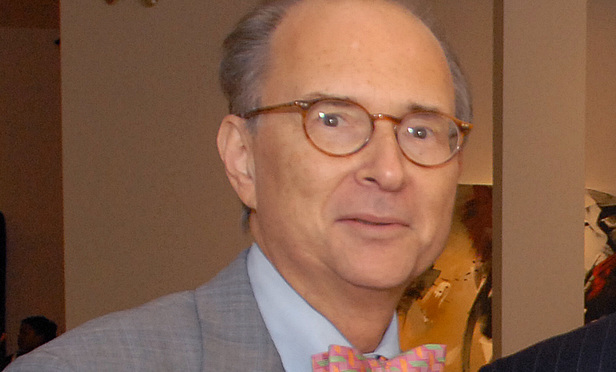Twenty years ago, the New York Court of Appeals announced a new standard to determine when grand jury testimony may be used without limitation by prosecutors as evidence-in-chief of a defendant’s guilt at trial. In People v. Geraci,1 the court held that such testimony may be admitted where it is established, by clear and convincing evidence, that a witness has become unavailable to testify because of misconduct, either committed by the defendant, or procured or acquiesced in by the defendant.2 For the first time since Geraci, however, in People v. Dubarry, the Court of Appeals has rejected a prosecutor’s attempt to introduce grand jury testimony at trial.3
Defendant’s Misconduct
The introduction of grand jury testimony as evidence-in-chief is normally prohibited because it is violative of both the evidentiary rule barring hearsay testimony and the constitutional right of confrontation. Such testimony would not otherwise be admissible because it has not been subjected to “the vigorous truth testing of cross-examination.”4
This content has been archived. It is available through our partners, LexisNexis® and Bloomberg Law.
To view this content, please continue to their sites.
Not a Lexis Subscriber?
Subscribe Now
Not a Bloomberg Law Subscriber?
Subscribe Now
LexisNexis® and Bloomberg Law are third party online distributors of the broad collection of current and archived versions of ALM's legal news publications. LexisNexis® and Bloomberg Law customers are able to access and use ALM's content, including content from the National Law Journal, The American Lawyer, Legaltech News, The New York Law Journal, and Corporate Counsel, as well as other sources of legal information.
For questions call 1-877-256-2472 or contact us at [email protected]



